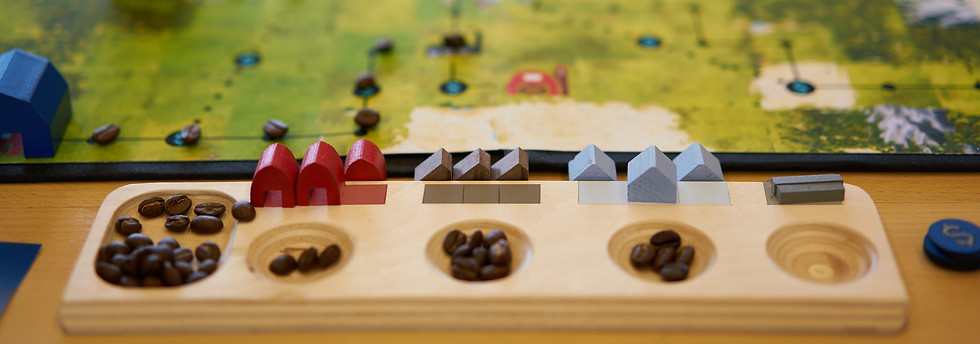- the problem -
How are we planning to feed 9 billion people by 2050?

Of all the food produced globally today
goes uneaten.
44%
Uncovering the global
food scandal
To put this into perspective

The land surface needed to grow this wasted food would be the size of Mexico

The
Process
- I believe that the answer is not to produce more food, but rather
efficiently use the food that we already harvest -
Through my study, I found many awareness movements set out to reach adults. However, adults are often already set in their ways.




As such, I desire to educate kids on the matter instead, as it is kids that actually influence parents, and are our future.
The result is an educational board game that gives a better understanding of the life's journey of a food product from farm to table with all its hurdles.

If kids have fun playing, they will play more and ergo learn more on the food industry to be able to make their own decisions on the matter.

Starting at the farm, a player will follow the journey of the food through each step of the industry (growing, harvest, sorting, transportation, groceries...) to finally reach the city.
Along the way, there will be food wastage, but their goal will be to find ways to reduce those losses and reach the city with the most left oever food.



These losses are visually shown through steps like transportation where food pieces are left on each square moving forward to represent losses in this process.
This, along with cost, will very in the route you choose and method of transport used.

The food waste is also shown on each player's personal board, tracking their losses in each stage, along with improvements made to reduce it


I hope to give a positive learning environment for young students, not only on food waste but also on long-term thinking and learning from others. Among other teachings in the game, visually seeing where costs and food waste occurs will already give a better understanding of what it takes for a food product to make it to their table. Perhaps this will bring more care towards the food that they have and not toss what is still good. Seeing that the closer your farm is to the city the less food is lost will also prompt local purchases.
All in all, I wish to give a better understanding of the closed curtained food industry and to let them make their own decisions on what they think is right as they grow older.


